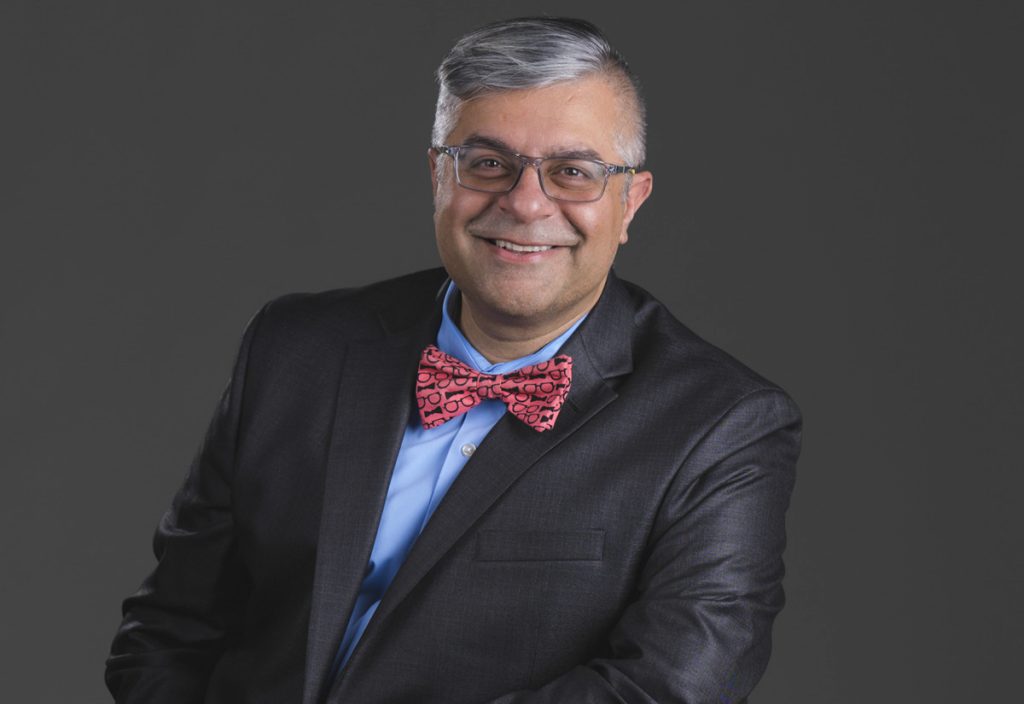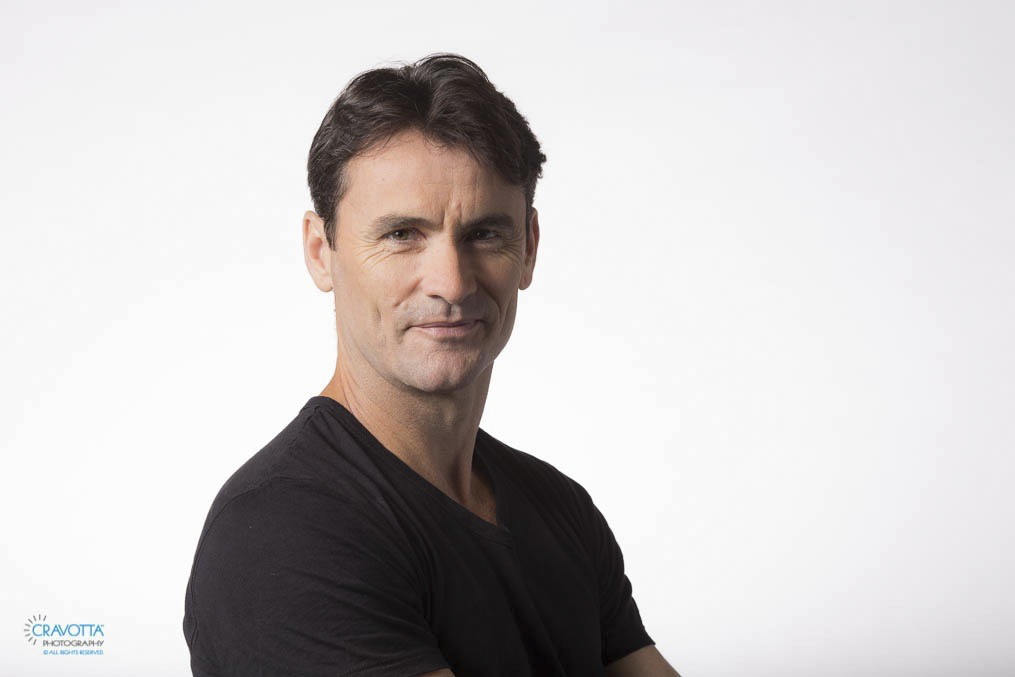Dance crosses cultures, race, gender and ethnicity. Today, a panel on “Dance and Race” is exploring that idea more deeply, as speakers reflect on how ballet can become more diverse, what challenges exist and why such work is important.
At 7 p.m. Thursday, Aug. 11 in the Hall of Philosophy, Institution Senior Vice President and Chief IDEA Officer Amit Taneja will moderate a conversation between Sasha Janes, interim director of the Chautauqua School of Dance, and Silas Farley, choreographer and dean of the Trudl Zipper Dance Institute at the Colburn School.

“It’s really set up as a dialogue between two experts in the field reflecting on the past, the present and the future to make ballet more racially diverse,” Taneja said.
Janes sees Farley as a perfect voice for this conversation, as he recently retired from the New York City Ballet and moved from dancing professionally into choreography and academia.
“He has a lot of insight and firsthand knowledge about the topic, having just left the dance world from a professional career and going into academia,” Janes said.
This conversation is one of reflection on the past and hope for the future, Janes said, and will explore “where we are, what’s going to change, what we can do better, what we’re really failing at and how we make everything more equitable and accessible for everyone.”
Taneja hopes people will walk away from this conversation with a larger understanding of why this work is important, as well as an understanding of the challenges it entails.
“The reality is that in big cities and big ballet companies, they are trying to recruit a more diverse audience, because that’s what America is made of. We’re becoming more and more racially diverse,” Taneja said. “If you are not able to lean into that change, then what does it mean for more diverse communities who are coming and saying, ‘I don’t see anybody who looks like me represented here’ — even though we know that there is talent available? Why are certain art forms taking longer to diversify?”

Taneja said that Janes and Farley are able to dive deep into these ideas, and together the three will share ideas of how these efforts can be supported.
Farley, who is in residence for two weeks at Chautauqua with The Washington Ballet, said that the art form is an unspoken language that transcends cultures.
“I’m of the conviction, as are many people, that the art of classical ballet is a language that does not belong to any one culture, that does not belong to the culture or cultures (of) what we now recognize as classical ballet,” he said. “… It is a systematic and intelligible movement language that can speak into every time and place and culture, because it’s based in the possibility of what the human body can do.”
Classical ballet is an inherently open art, as is evident in its physicality. Farley gave the example of the turned out first position.
“The art of classical ballet is predicated on the idea of turn-out — the legs out, rotated at the hips and the arms rotated at the shoulders,” Farley said. “It gives the body a sense of openness, and that’s as much a spiritual idea as it is a physical stance. When you see a turned out dancer, you see the embodiment of generosity, openness, curiosity and willingness to be open to new ideas and to give and receive information.”
The idea of this physical openness relates directly to the need for inclusive openness in the classical ballet community.

“In the art and physicality of classical ballet, there’s the possibility of communicating those ideas, and that any person from any kind of background — ethnically, religiously, politically or culturally — can participate in and bring something fresh and unique to it because it’s the language,” Farley said. “It has the capacity to express the stories, priorities, culture, heritage, insight of many different cultures. It’s not time-bound. It’s a limitless language.”
Farley related this idea to his own choreography work. His piece Dowland Dances is set to music composed by John Dowland, a Renaissance composer, lutenist and singer, recorded by British singer-songwriter Sting. It was performed by The Washington Ballet Wednesday in the Amphitheater.
“Being a man of color in 2022, choreographing songs from an English Renaissance composer that were then recorded by Sting — it’s time travel,” Farley said. “It’s a historically transcendent community of artists.”
Dance, Farley said, should be for everyone, from anywhere, and all communities.
“If you have a body, you can participate in ballet, whether that’s as a dancer or as a viewer,” he said. “You can participate because that’s the only prerequisite — it’s just the body — and it’s based on the possibility that the body can communicate ideas that are beyond the body.”

